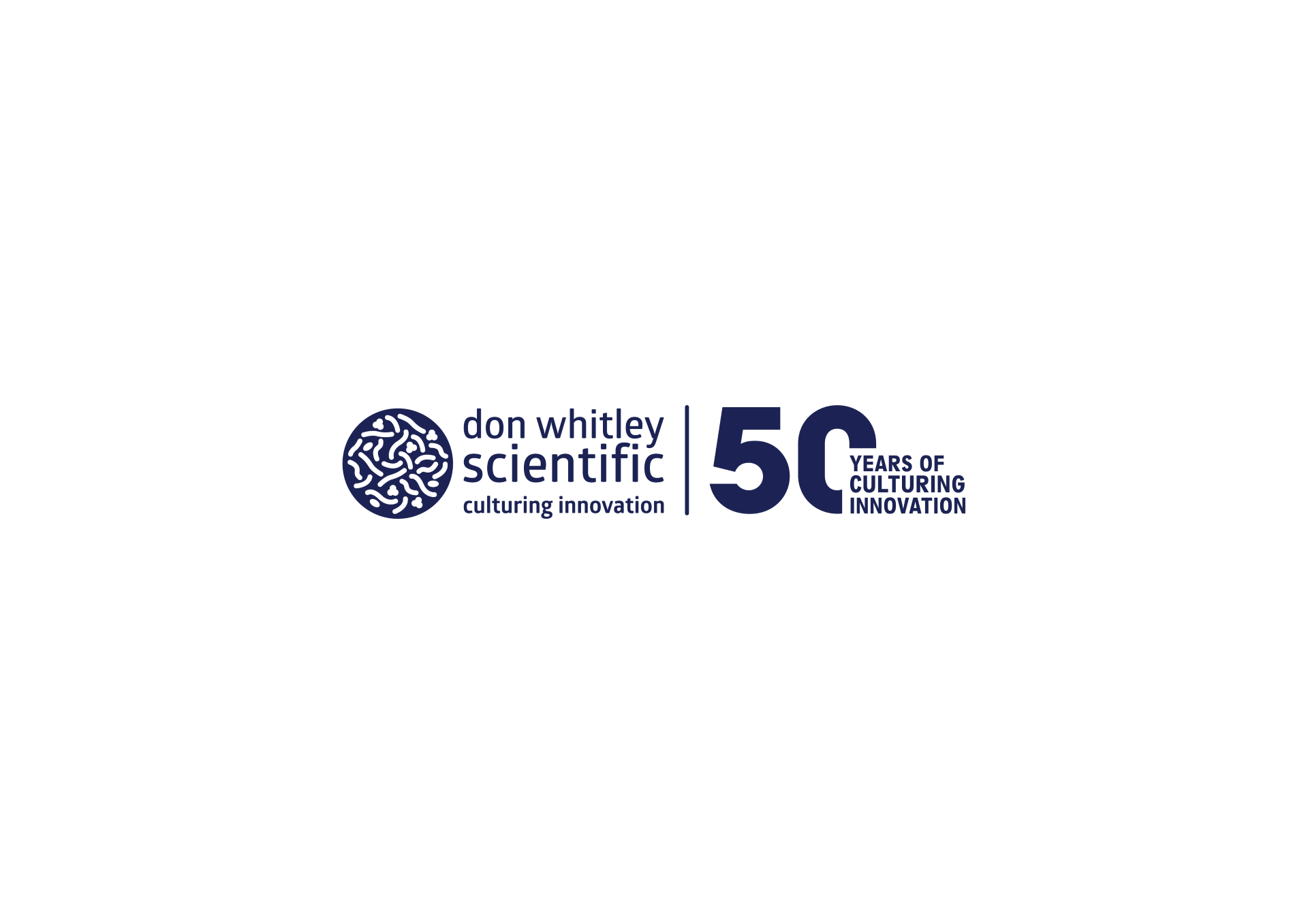
This week at the Keystone Symposia “New Frontiers in Understanding Tumor Metabolism” joint with “Immunometabolism in Immune Function and Inflammatory Disease”, Hypoxystation user Kate Hollinshead of the Institute of Metabolism and Systems Research at the University of Birmingham presented a poster and held a talk on her results. Her project, carried out together with colleagues in La Jolla, California and Cambridge, UK, is entitled “IDH1 mutated cells demonstrate pseudohypoxic proline metabolism”. The lab currently utilizes two Don Whitley Scientific H35 Hypoxystations for their low oxygen cell culture work.
Her abstract summarizes the work the collaborators carried out:
“Cytosolic isocitrate dehydrogenase 1 (IDH1) enzymes catalyse the reversible NADP+-dependant oxidative decarboxylation of isocitrate to α-ketoglutarate (α-KG). Recurrent heterozygous missense mutations in the IDH1 gene have been reported in the majority of low-grade gliomas and secondary glioblastomas. Although the majority of studies have concentrated on the biological effects of the significant production of ®-2-hydroxyglutarate (2HG) that occurs as a result of the R132X mutation, IDH mutations have also been suggested to affect cellular redox, most likely though a change in NADPH metabolism. Importantly, gliomas are highly hypoxic, which itself results in a change in cellular redox state. We therefore investigated the potential interplay between hypoxia and IDH1 mutations in terms of cellular redox through stable isotope labelling experiments using 13C-glucose and 13C-glutamine. Samples were analyzed using nuclear magnetic resonance (NMR0 spectroscopy and gas chromatography mass spectrometry (GC-MS). Our results suggest hypoxia (1% O2 and 0.3% O2) significantly increases glutamine-derived proline biosynthesis in wild-type IDH1 cells. However, proline biosynthesis from glutamine in mutant IDH1 cells is significantly increased in both normoxic and hypoxic oxygen tensions compared to wild-type IDH1 cells. As the synthesis of proline requires NADPH, this highly redox-sensitive pathway may be an important means by which cells and tumors bearing an IDH1 mutation may regulate cellular redox state.”


 au
au

 xEnglish
xEnglish